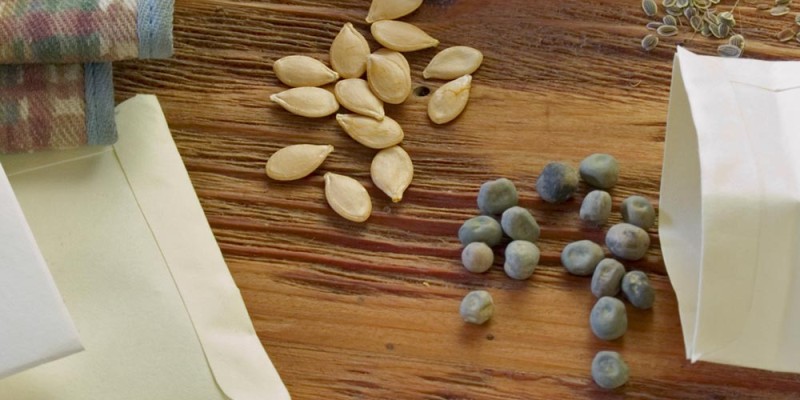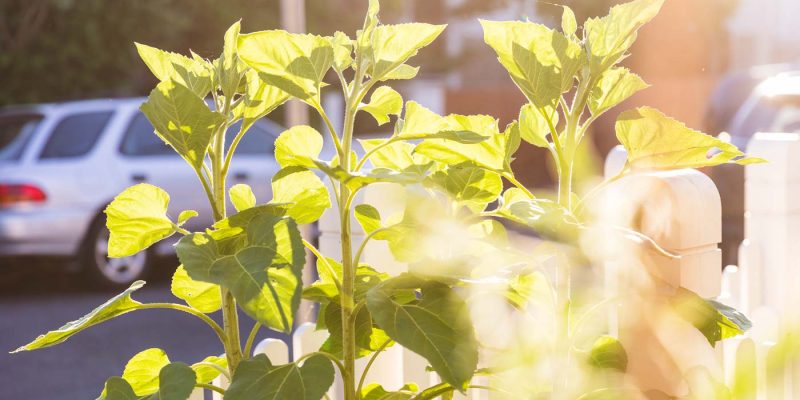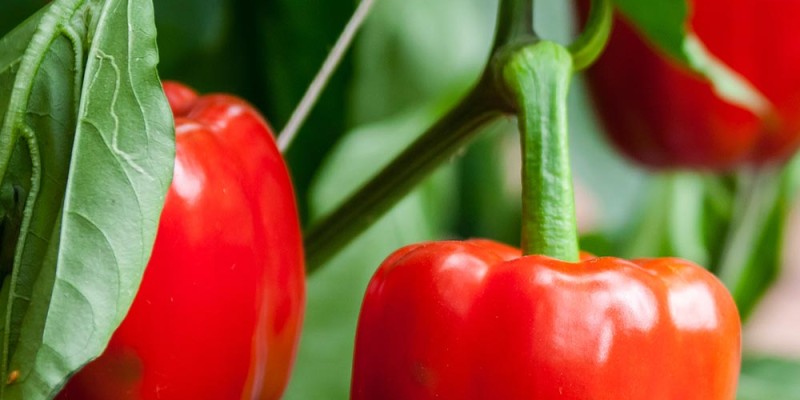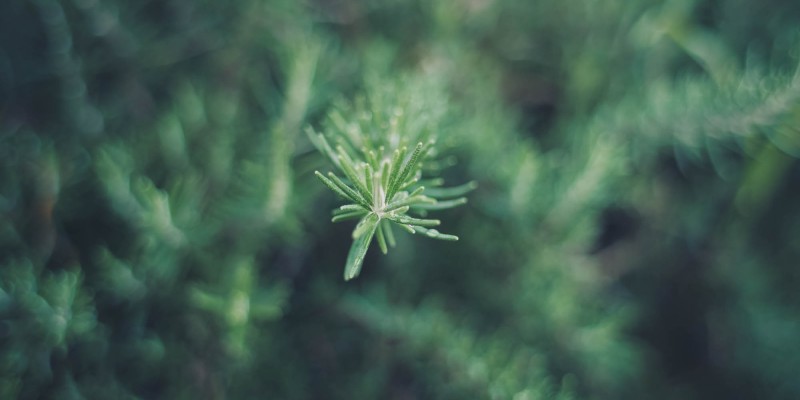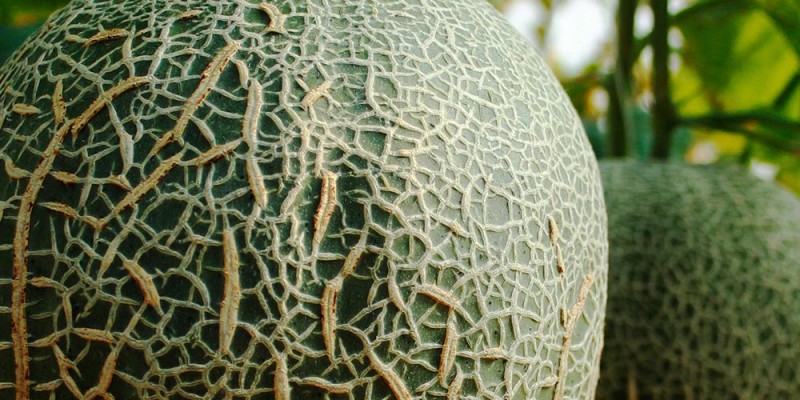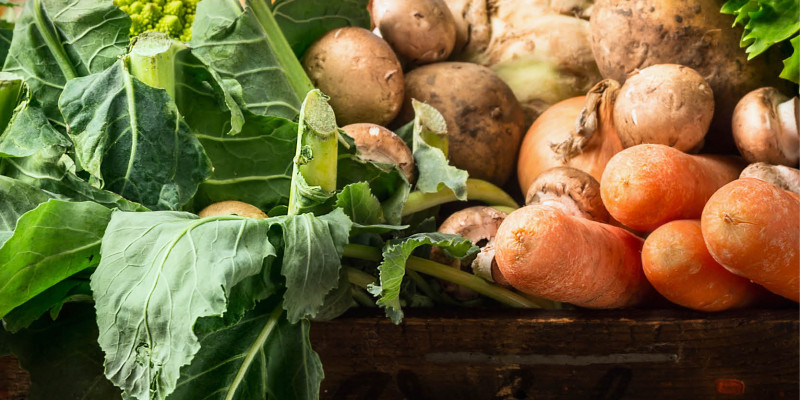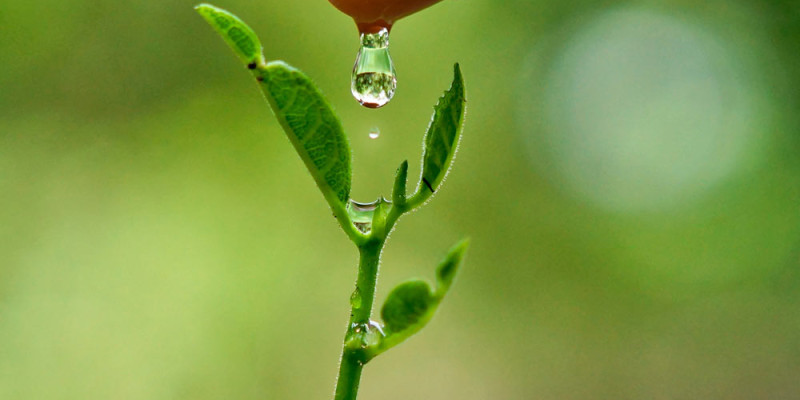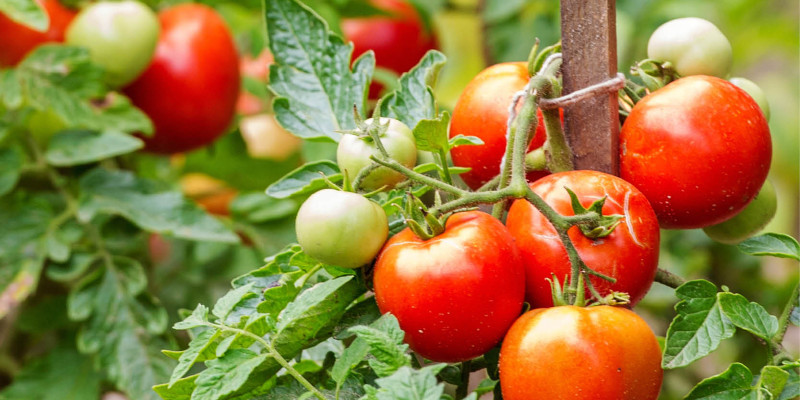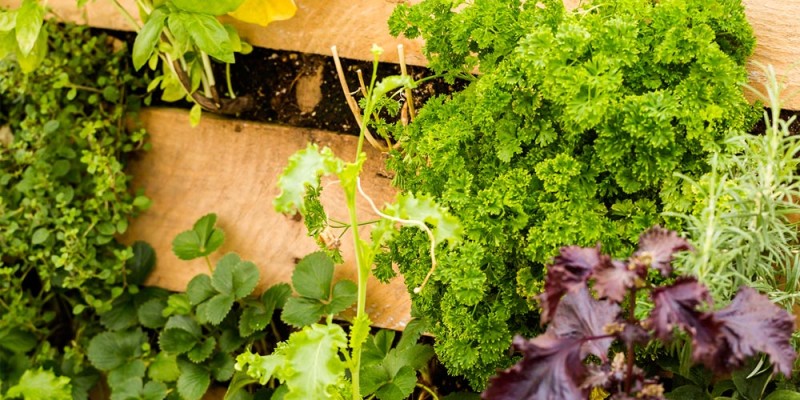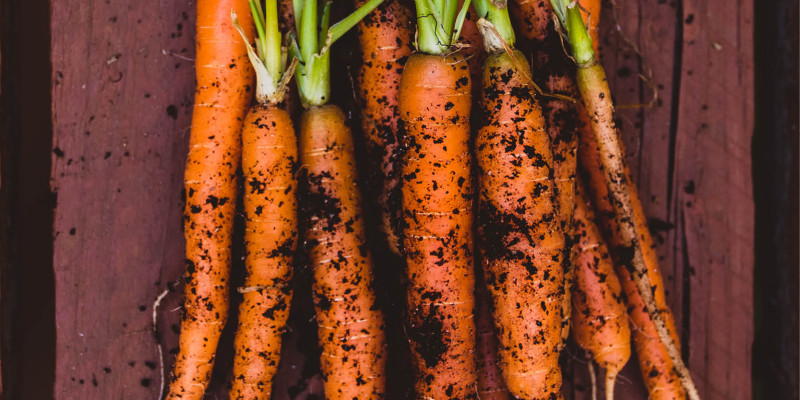Tomatoes are by far the most popular garden plant of all and for good reason. What is better than walking out to your garden and grabbing a ripe tomato and popping it in your mouth!
Growing tomatoes is more than just planting your favourite kind in the garden. It is about building your soil and nutrient cycle so they can prosper without store bought fertilizer and amendments.
On the last tomato episode we went through selecting a variety, getting them started in the house and hardening them off now it is time to plant them in the garden.
Today I am going to talk about planting location, how I plant mine, how to fertilize them using free and local resources and how to support the different types of tomatoes to maximize your production.
Planting Location:
Depending on the type of tomatoes you will want to plant them in different ways to maximize their production. First of all I identify the type of tomato plant I have. Often on the seed package or plant tag they will tell you if it is a determinant or indeterminant. If it is a determinant the plant will grow to a certain size in ideal conditions and produce one crop all at once. Indeterminamt will continue to grow and produce as long as conditions are favourable. Because of these different growth habits I plant mine in different locations.
Compact Tomatoes:
Sweet N Neat are a compact determinant cherry tomatoes. They are perfect for containers or small spaces and produce lots of sweet tomatoes. I have planted some in a larger planter with other crops and in smaller corners of my main garden bed.
Larger Determinant Tomatoes:
I have some larger determinate tomatoes like my Roma grow to about 4 feet tall and that makes them perfect for tomatoes bags. I have found these small and medium bodies tomatoes do quite well in containers.
One neat variety I have this year is this grafted plant that has a potato root stock and tomato plant above the ground.
Indeterminant Tomatoes:
whereas small and medium tomatoes do well in containers or small spaces I find I get the best production from the larger varieties such as my Pink Brandy Wine if they are planted in the garden bed and have a larger trellis.
These tomato plants will get large so I have planted them in front of my shade tolerant strawberries that should produce prior to the tomato shading them.
How to Plant:
I generally plant my tomatoes as deep as possible, making sure to remove any branches or leaves that will be under the surface of the soil. This moves the root ball lower into the soil allowing the plant to access water and nutrients it may not have had access to. Often at the base of the hole I will place worm castings or compost to provide a little more direct available nutrients however this is optional in my case.
Fertilizing Tomatoes:
Tomatoes are heavy feeding plants and all I need is free and local resources to provide more than enough nutrients throughout the growing season. I have been using autumn leaves, used coffee grounds and comfrey to make compost, vermicompost and mulch. I apply compost, and vermicompst directly to the soil and mulch on top. They all then release their nutrients over time to the nutrient cycle providing the tomatoes with essential and beneficial nutrients.
There are a wide variety supplements and amendments that people recommend for tomatoes. Over the last few months I have puts some of them to the test and some that I mentioned earlier were supported by the evidence while some like Epsom Salt were not. I will be addressing others as I continue the testing garden assumptions series on the first Friday of each month.
Supporting Tomatoes:
With the exception of my Sweet N Neat tomato that does not usually grow larger than 30cm or 12 inches tall tomatoes will do better with some support. Vertical support helps prevent wind damage, reduces disease chances and improves access to sunlight.
Determinant varieties with small or medium sized fruit, which are not expected to grow more than a few feet tall generally, do quite well with tomato cages.
Indeterminant tomatoes with larger fruit will generally grow much too large for the tomato cage to support them effectively.
I grow my indeterminate tomatoes on the electrical conduit trellis I built with my brother this spring. I will weave the plant through the netting and use reusable Velcro tie offs if required. The increased support on the plant will help hold the larger fruit throughout the season.
I find it is a lot easier to add the supports prior to the plant growing too much.
By using free and local resources and planting techniques with the proper supports I am able to get large crops of tomatoes even here in zone 3 with limited work and no external fertilizers of amendments.
On the next episode in this year’s tomato series we will go through, diseases and their prevention as well as pruning to improve their health and increasing harvest.
